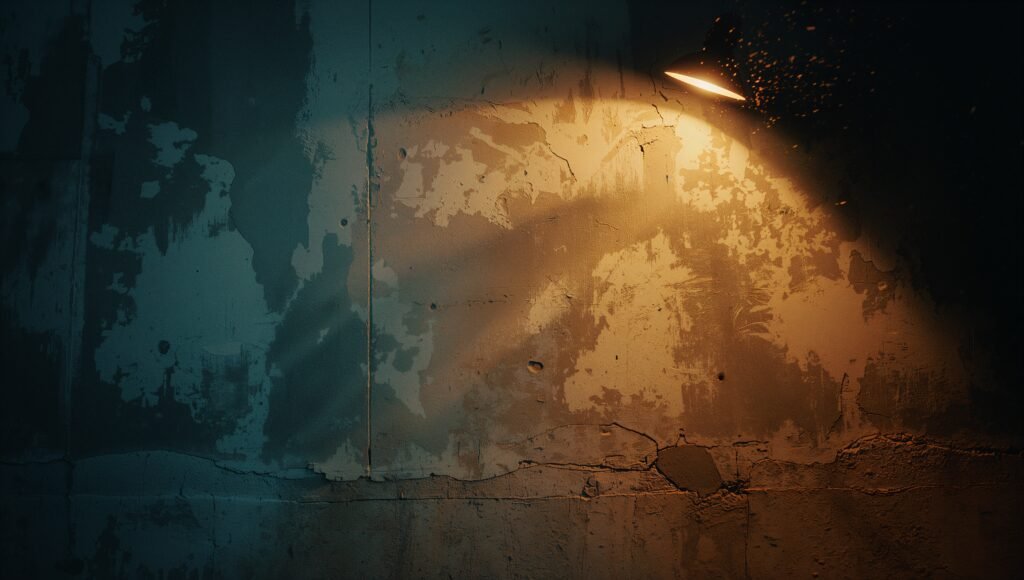 The shadows dancing on old walls aren’t manifestations of spirits—they’re sediment from centuries of human feeling. Every sob, every laugh, every anguished breath has accumulated in the molecular structure of space, creating an invisible archive.
The shadows dancing on old walls aren’t manifestations of spirits—they’re sediment from centuries of human feeling. Every sob, every laugh, every anguished breath has accumulated in the molecular structure of space, creating an invisible archive.
Physics teaches us energy never destroys, only transforms. Where does love’s kinetic energy go? What becomes of grief’s potential energy? Our most intense moments—when we’re completely vulnerable, completely alive—do these imprint upon surrounding atmosphere like pressure systems?
Ghost stories follow predictable patterns: always unresolved intensity. Sudden death’s shock, unrequited love’s desperation, betrayal’s rage. Perhaps these aren’t consciousness but emotional frequencies etched into physical reality through sheer force.
Children often say “someone’s in this room.” Maybe their neuroplasticity still detects frequencies adult brains filter out. They sense accumulated melancholy, residual joy, compressed terror—what we rationalize and dismiss.
Hospital corridors’ oppressive atmosphere, graveyards’ weighted silence, divorce court waiting rooms’ radiating anxiety—psychological suggestion or genuine emotional archaeology?
In our own bedrooms, that corner where heartbreak nights passed—does longing’s echo still resonate? The pillow where countless dreams shattered—does disillusionment’s residue remain?
Memory palace techniques associate emotions with places. Perhaps this isn’t mere mnemonic device—perhaps spaces genuinely store emotional information. Why do moods shift upon entering rooms? Why do some spaces feel instantly comfortable, others eerie?
If this theory holds, architecture becomes more than aesthetic choice—it’s emotional responsibility. The spaces we create, the emotions we generate within them, become invisible legacy for future occupants.
Traditional ghost concepts may have been primitive explanations for sophisticated phenomena. As quantum physics validates ancient mysticism’s observations, emotional resonance science might uncover folklore’s deeper truths.
Our civilization’s emotional history—all wars, revolutions, renaissances, tragedies—lies layered in Earth’s atmosphere. We breathe air pregnant with centuries’ accumulated feelings.
This perspective exponentially increases our responsibility. Each moment’s generated emotions—compassion, cruelty, joy, despair—don’t remain limited to our present. They contribute to an eternal emotional ecosystem future generations will inherit.
Share Your Reflection
Your insights enrich our collective understanding. What thoughts does this spark in your mind?